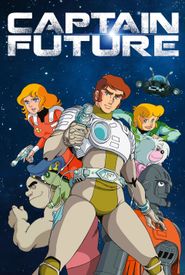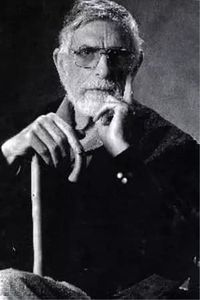Edmond Hamilton's literary journey began in the pioneering era of pulp science fiction, with his inaugural narrative, "The Monster of Marmuth", making its initial appearance in the esteemed publication, Weird Tales. This initial work displayed a remarkable affinity with the unsettling and eerie style of the renowned author H.P. Lovecraft, evoking a sense of foreboding and unease in its readers.
In the year 1940, a remarkable collaboration took place between the esteemed Hamilton and the renowned pulp editor, Leo Marguiles. Together, they brought forth the legendary character of Captain Future, a persona that would soon captivate the hearts of many and become a staple in the world of comics.
Notwithstanding the prevailing trend among his pulp sci-fi peers to gradually dwindle their creative output in the latter half of the 20th century, Hamilton persisted in crafting novel and original tales well into the 1970s, a testament to his unwavering dedication to his craft.
His later literary endeavors began to delve into more introspective and contemplative themes, which, in the opinion of many, constitute some of his most remarkable and lasting contributions to the world of science fiction.
Furthermore, Hamilton expanded his creative horizons by venturing into the realm of comic book writing, scripting numerous issues of the esteemed "Superman" comic book series, a venture that not only showcased his versatility as a writer but also allowed him to leave an indelible mark on the iconic character.
Edmond Hamilton's literary legacy, although not as universally acknowledged in contemporary times, has had a profound and far-reaching impact on the creative endeavors of numerous writers and filmmakers, with his innovative storytelling and imaginative world-building techniques serving as a foundation for the development of iconic franchises such as "Star Trek", "Star Wars", and "Babylon 5", which have collectively captivated audiences worldwide and cemented their places as enduring and beloved cornerstones of popular culture.












